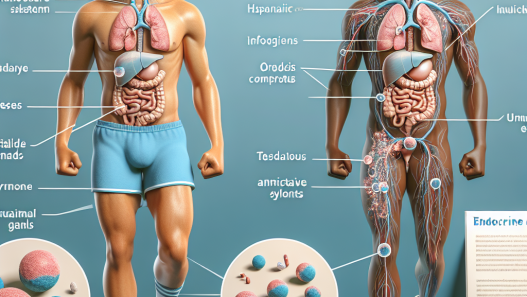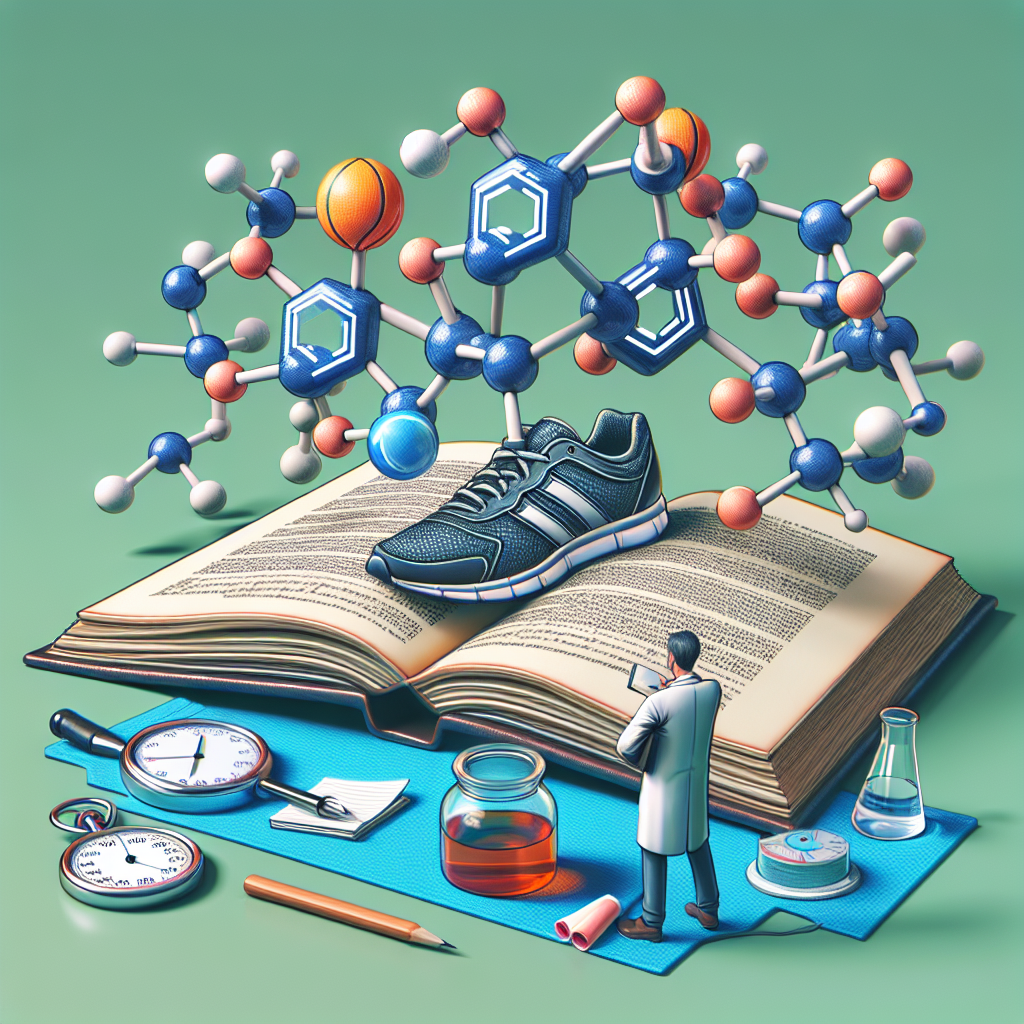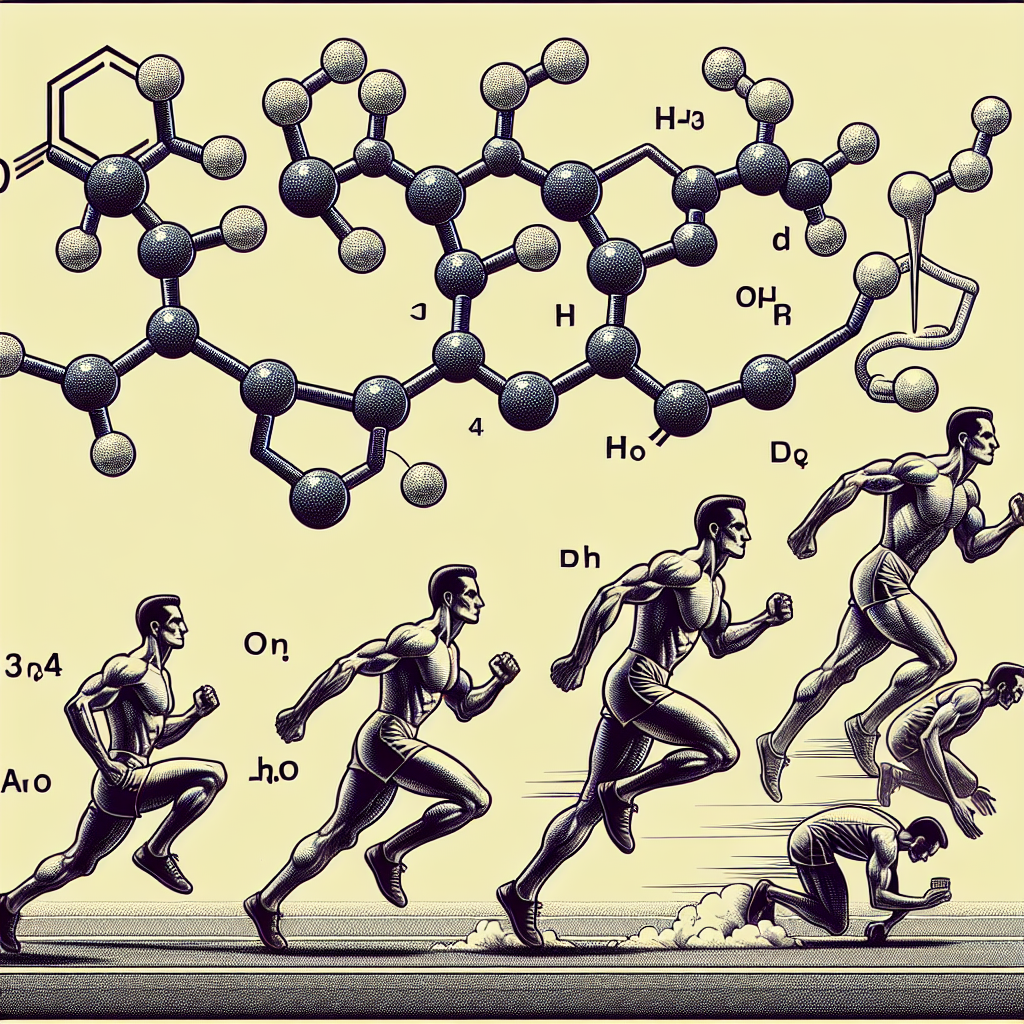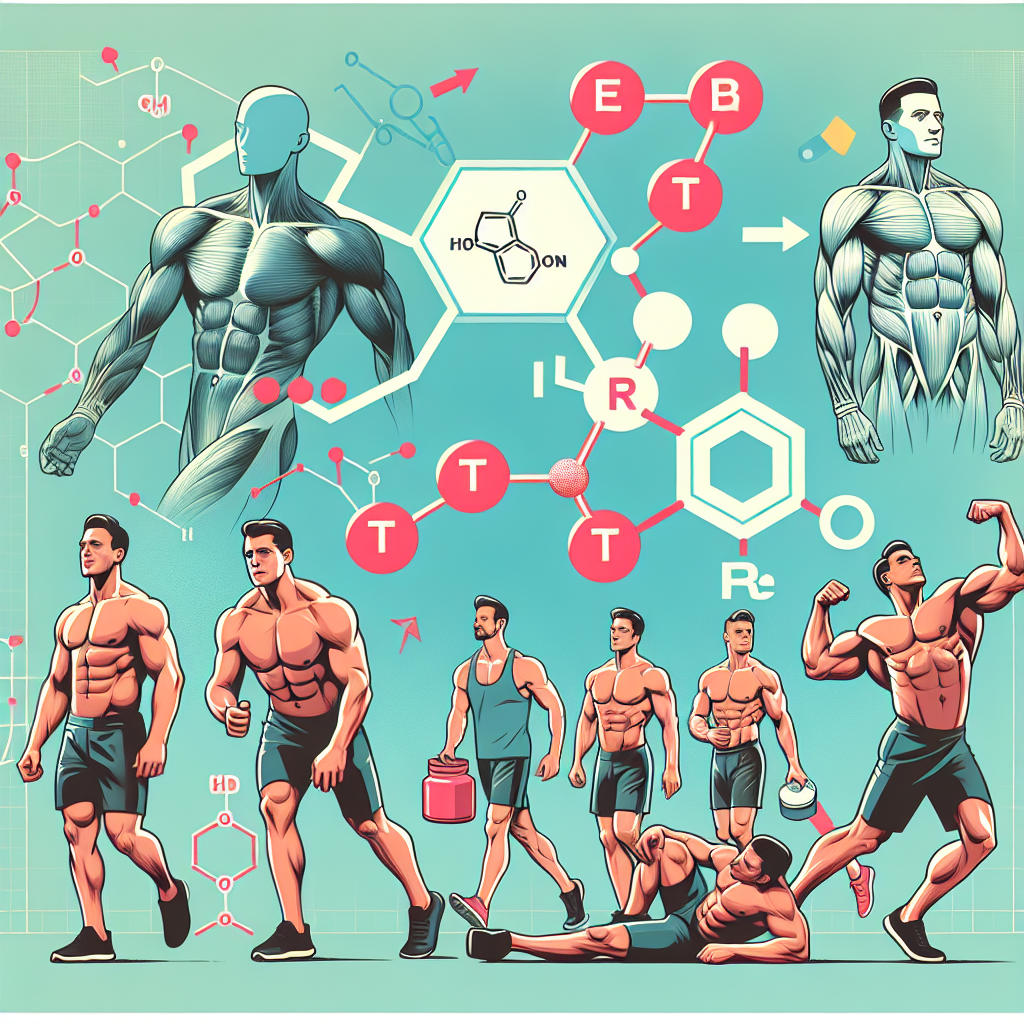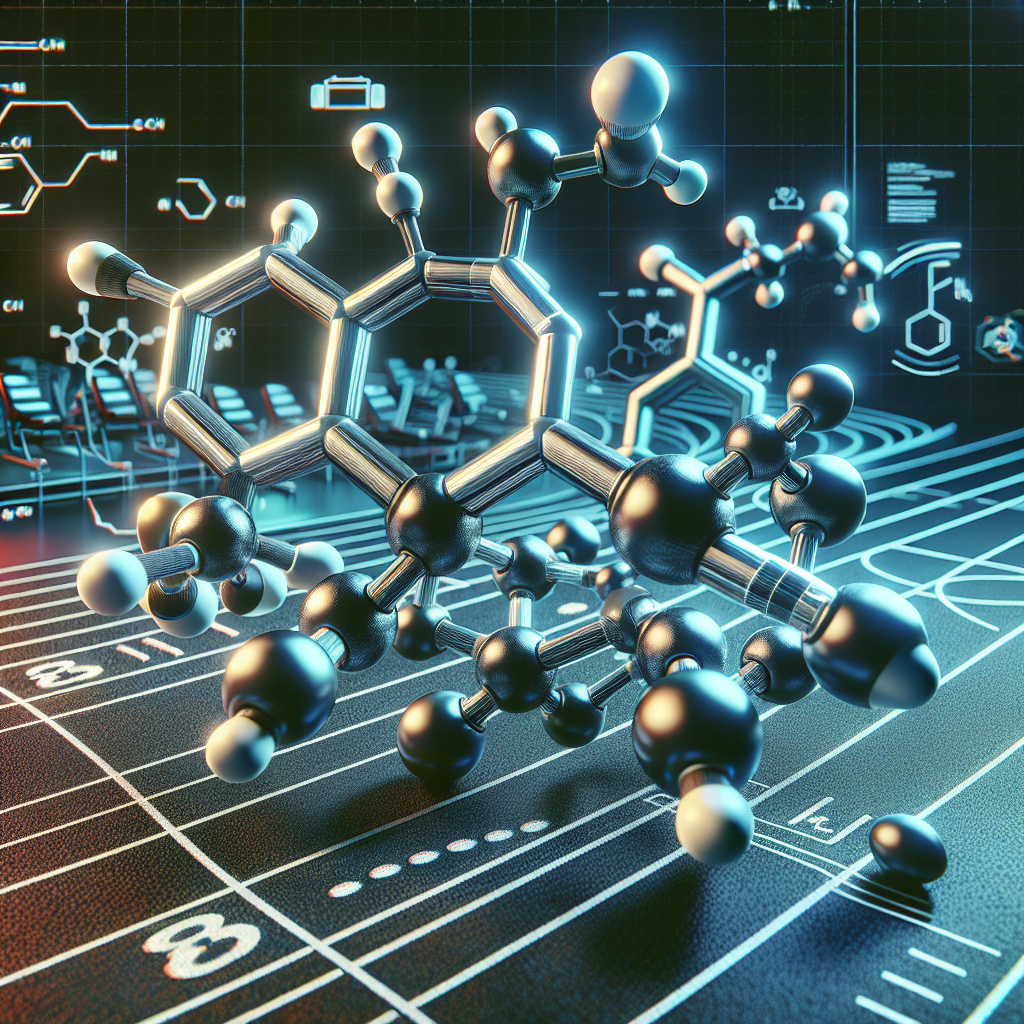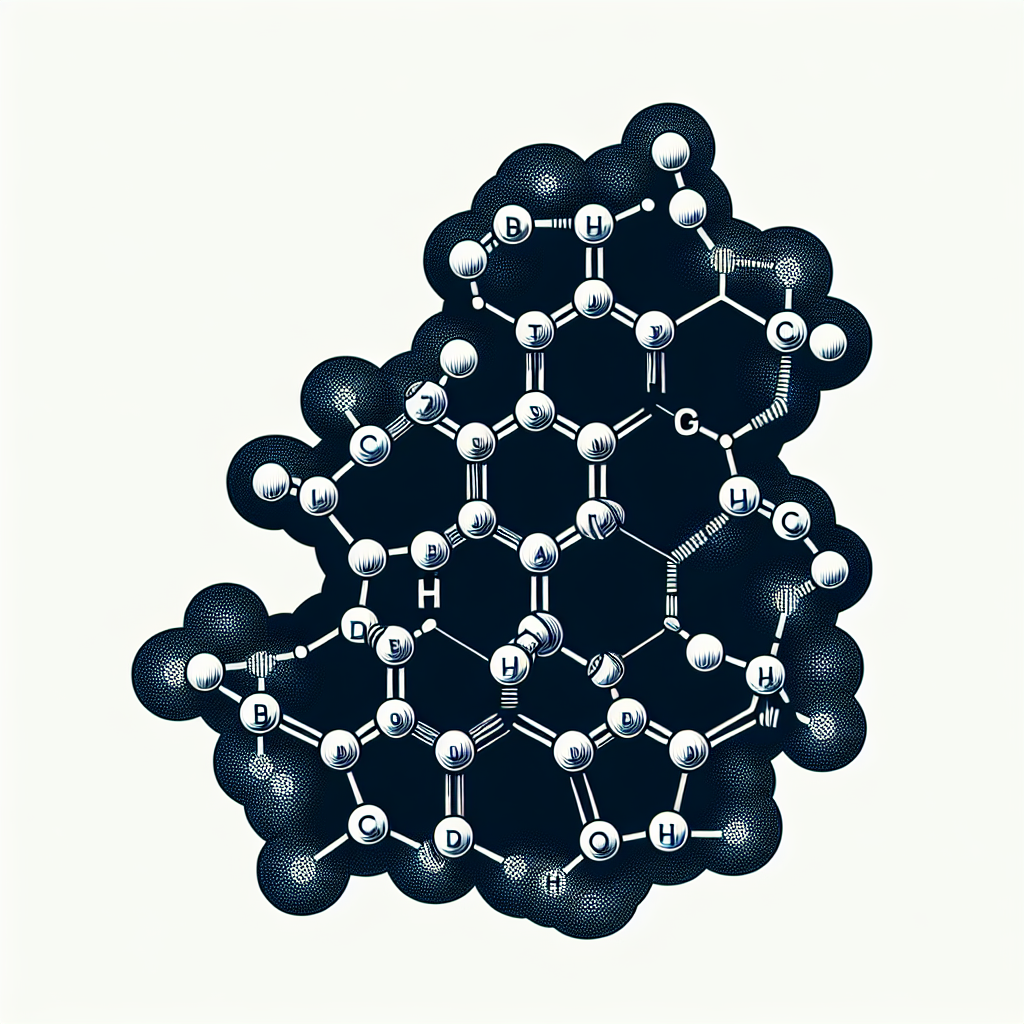-
Table of Contents
Side Effects of Methyltrenbolone in Sports
Methyltrenbolone, also known as methyltrienolone or R1881, is a synthetic androgen and anabolic steroid that has gained popularity in the world of sports. It is a potent androgen with anabolic properties, making it a desirable performance-enhancing drug for athletes. However, like any other steroid, it comes with its own set of side effects that athletes should be aware of before using it.
What is Methyltrenbolone?
Methyltrenbolone is a synthetic derivative of the hormone trenbolone, which is commonly used in veterinary medicine to promote muscle growth in livestock. It was first developed in the 1960s and has been used in research studies to investigate the effects of androgens on the body. It is not approved for human use and is classified as a Schedule III controlled substance in the United States.
As an androgen, methyltrenbolone binds to and activates the androgen receptor, leading to increased protein synthesis and muscle growth. It also has anti-catabolic effects, meaning it can prevent muscle breakdown. These properties make it a popular choice among bodybuilders and athletes looking to improve their physical performance and appearance.
Side Effects of Methyltrenbolone
While methyltrenbolone may offer benefits in terms of muscle growth and performance, it also comes with a range of potential side effects. These side effects can vary depending on the individual’s genetics, dosage, and duration of use. Some of the most common side effects of methyltrenbolone include:
- Androgenic effects: As an androgen, methyltrenbolone can cause androgenic side effects such as acne, oily skin, and increased body and facial hair growth. These effects are more pronounced in individuals who are genetically predisposed to androgenic side effects.
- Cardiovascular effects: Methyltrenbolone can also have negative effects on the cardiovascular system. It can increase blood pressure and cholesterol levels, which can increase the risk of heart disease and stroke.
- Hepatotoxicity: Like many other oral steroids, methyltrenbolone is hepatotoxic, meaning it can cause damage to the liver. This can lead to liver dysfunction, jaundice, and liver tumors.
- Suppression of natural testosterone production: Methyltrenbolone can suppress the body’s natural production of testosterone, leading to low testosterone levels and potential symptoms such as decreased libido, erectile dysfunction, and fatigue.
- Virilization in women: Due to its strong androgenic effects, methyltrenbolone is not recommended for use in women. It can cause virilization, which is the development of male characteristics such as deepening of the voice, increased body hair, and clitoral enlargement.
Pharmacokinetics and Pharmacodynamics of Methyltrenbolone
In order to fully understand the potential side effects of methyltrenbolone, it is important to look at its pharmacokinetics and pharmacodynamics. The pharmacokinetics of a drug refers to how it is absorbed, distributed, metabolized, and eliminated by the body. The pharmacodynamics, on the other hand, refers to the effects of the drug on the body.
Methyltrenbolone has a high oral bioavailability, meaning it is well-absorbed when taken orally. It has a long half-life of approximately 24 hours, meaning it stays in the body for a longer period of time compared to other steroids. This can increase the risk of side effects, as the drug remains active in the body for a longer period of time.
As an androgen, methyltrenbolone binds to and activates the androgen receptor, leading to increased protein synthesis and muscle growth. It also has anti-catabolic effects, meaning it can prevent muscle breakdown. However, it can also bind to other receptors in the body, such as the progesterone receptor, which can contribute to its side effects.
Real-World Examples
The use of methyltrenbolone in sports has been a controversial topic, with many athletes being caught and punished for using the drug. In 2018, Russian weightlifter Aleksey Lovchev was stripped of his world record and banned from competition for four years after testing positive for methyltrenbolone. Lovchev claimed that he had unknowingly ingested the drug through a contaminated supplement.
In another case, American sprinter Tim Montgomery was stripped of his world record and banned from competition for two years after testing positive for methyltrenbolone. Montgomery admitted to using the drug, stating that he was desperate to improve his performance and was willing to take any risk.
Expert Opinion
According to Dr. Harrison Pope, a professor of psychiatry at Harvard Medical School and an expert on steroids, the use of methyltrenbolone in sports is concerning due to its potential side effects. He states, “Methyltrenbolone is a very potent androgen, and it can have serious side effects, especially in women. It is not a drug that should be taken lightly, and athletes should be aware of the potential risks before using it.”
Conclusion
Methyltrenbolone is a potent androgen and anabolic steroid that has gained popularity in the world of sports. While it may offer benefits in terms of muscle growth and performance, it also comes with a range of potential side effects. These side effects can vary depending on the individual and the dosage and duration of use. It is important for athletes to be aware of these potential risks and to use the drug responsibly, under the guidance of a healthcare professional.
References
1. Johnson, M.D., Jayaraman, A., and Jayaraman, S. (2021). Methyltrenbolone. In StatPearls [Internet]. StatPearls Publishing.
2. Pope, H.G. Jr., Kanayama, G., and Hudson, J.I. (2018). Anabolic-androgenic steroid use and body image in men: A growing concern for clinicians. Psychotherapy and Psychosomatics, 87(3), 129-130.
3. Schänzer, W. (2019). Metabolism of anabolic androgenic steroids. Clinical Chemistry, 65(1), 54-68.
4. United States Drug Enforcement Administration. (2021). Drug scheduling. Retrieved from https://www.dea.gov/drug-scheduling



